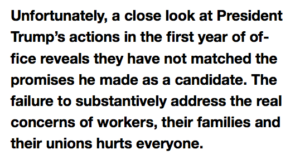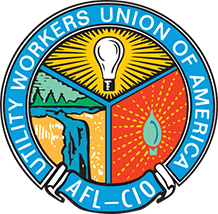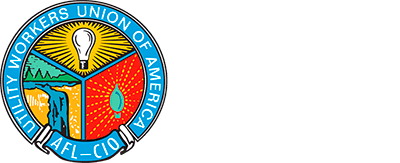During the 2016 Presidential campaign Donald Trump repeatedly invoked the concerns of working Americans. He spoke of economic uncertainty, income inequality and stagnant wages. On the campaign trail, Trump promised to be on the side of workers and put their issues first. Over 12 months into President Trump’s first term, now is a good time to see how the policies of President Trump square with the campaign promises of candidate Trump.
There are three areas of government where a President has the most direct impact on workers — the U.S. Department of Labor, the National Labor Relations Board and the federal courts, including the Supreme Court.
The Department of Labor
 At the DOL, the agency which enforces laws like OSHA and the Fair Labor Standard Act, President Trump named corporate lawyer, Alex Acosta, to head the agency. Acosta has hired a staff of corporate lobbyists and management lawyers from some of the biggest union busting law firms in the country. The Trump DOL has rolled back rules that have a direct impact on the safety of UWUA members, such as a rule that required companies to keep an accurate record of injuries, and the DOL withdrew a number of rules being considered by OSHA related to chemicals and dust in workplaces. The Trump DOL is also considering changing rules on tipping for restaurant workers so bosses can keep some of the workers’ tips and reducing the number of salaried workers eligible for overtime pay.
At the DOL, the agency which enforces laws like OSHA and the Fair Labor Standard Act, President Trump named corporate lawyer, Alex Acosta, to head the agency. Acosta has hired a staff of corporate lobbyists and management lawyers from some of the biggest union busting law firms in the country. The Trump DOL has rolled back rules that have a direct impact on the safety of UWUA members, such as a rule that required companies to keep an accurate record of injuries, and the DOL withdrew a number of rules being considered by OSHA related to chemicals and dust in workplaces. The Trump DOL is also considering changing rules on tipping for restaurant workers so bosses can keep some of the workers’ tips and reducing the number of salaried workers eligible for overtime pay.
The NLRB
At the NLRB, the agency charged with enforcing the law that gives workers the right to organize, collectively bargain and strike, President Trump has installed a majority of anti-union lawyers who have quickly moved to reverse the gains unions and workers made under the Obama NLRB. These decisions make it harder to unionize, negotiate good contracts, and engage in protected, concerted activity. The speed at which the Trump NLRB is dismantling workers’ rights is unprecedented. The chief lawyer for the NLRB, Peter Robb, was involved in the firing of the PATCO strikers in 1981. Robb plans to weaken the law to make it harder for workers and unions to bargain for better wages, benefits and job protections.
The Courts
President Trump has also made an immediate impact on the federal judiciary. He has confirmed more lifetime appointment federal court of appeals judges in his first year than any President in recent history. He has also nominated more judges than any modern president in the first year. The vast majority of these judges are anti-union and anti-worker.
Most importantly, President Trump appointed Neil Gorsuch to the Supreme Court. Justice Gorsuch is likely to be the deciding vote on issues involving unions and worker rights. Justice Gorsuch was opposed by the AFL-CIO and virtually every union in the country. As an appellate judge, Gorsuch wrote the notorious dissent in the “Frozen Trucker” case which would have upheld the discharge of a trucker who briefly left his rig in a snowstorm to escape serious injury or death. That dissent is an indication of how Justice Gorsuch is likely to view cases involving unions and workers before the Supreme Court. Justice Gorsuch’s judicial record is one of extreme conservatism where he sides with corporate interests nearly every time.
President Trump’s first year in office has been a wild one. The investigations, tweets and chaos have obscured the actions the President has taken that directly affect the so-called “forgotten men (and women)” that he championed on the campaign trail and that voted for him in large numbers. Unfortunately, a close look at President Trump’s actions in the first year of office reveals they have not matched the promises he made as a candidate. The failure to substantively address the real concerns of workers, their families and their unions hurts everyone.

